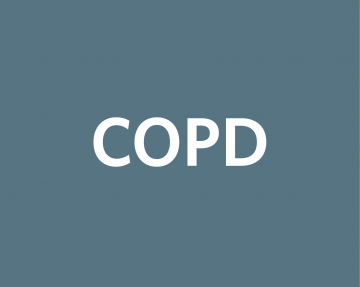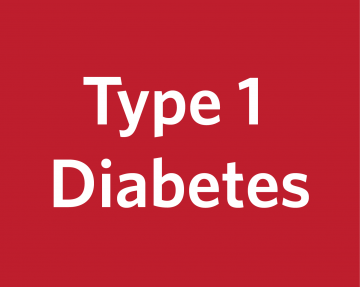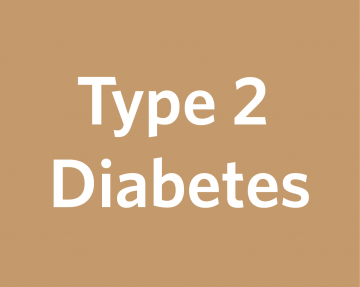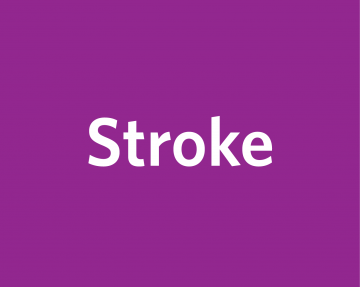Home telehealth is used to help people with asthma reduce their symptoms and improve their self-management ability. Patients can use home telehealth devices to transmit information about their health status to providers or an automated system […]
Posted in Asthma, Design and Implementation | Tagged with
Summary Home telehealth for patients with chronic obstructive pulmonary disease (COPD) usually emphasizes remote monitoring. Patients send their providers regular health updates, including symptom reports and measurements of lung function. The feedback that they receive assists them in determining how to adjust their medication and daily activity. The provider may also contact the patient if […]
Posted in COPD, Design and Implementation | Tagged with
Summary Home telehealth for patients with heart failure is generally used in the hope of improving clinical outcomes and reducing burden on the health care system. The archetypical intervention is designed to enable ongoing patient monitoring: patients are equipped with home telehealth units, given a schedule for data transmission, and contacted by providers when deterioration […]
Posted in Cardiovascular Disease: Heart Failure, Design and Implementation | Tagged with
Summary The purpose of home telehealth for patients with coronary artery disease is usually primary or secondary prevention of myocardial infarction. This is accomplished through lifestyle education and/pr ongoing monitoring for detection of critical events. Technologies used in these interventions include home electrocardiography (ECG) equipment, devices for transmitting ECG readings, and home telehealth units with […]
Posted in Cardiovascular Disease: Coronary Artery Disease, Design and Implementation | Tagged with
Summary Home telehealth is used to support the management of type 1 diabetes in a number of ways. Its most frequent embodiment is as a remote monitoring service. Patients upload their blood glucose values to a provider-accessible server and receive feedback that assists them in managing their condition. Target populations tend consist of patient with […]
Posted in Design and Implementation, Type 1 Diabetes | Tagged with
Summary Home telehealth has been used extensively in the management of type 2 diabetes. Most interventions are designed to enable remote monitoring through the transmission of blood glucose values from patient to provider. Videoconferencing may be used for appointments with physicians or dietitians. In some cases, there is an online educational component as well. […]
Posted in Design and Implementation, Type 2 Diabetes | Tagged with
Summary The application of home telehealth to the management of renal disease is a relatively recent development. It may be used for educational purposes, including the training of patients beginning home dialysis, or for remotely monitoring patients’ clinical status. Details Basic Model Given the low number of studies retrieved, it is not possible to […]
Posted in Design and Implementation, Renal Disease | Tagged with
Summary Home telehealth is used to address the needs of post-stroke patients in a variety of ways.[1] Those who are on oral anticoagulation therapy can use remote monitoring services to get feedback on medication dosage. Rehabilitation can be facilitated by virtual-reality systems that allow patients to perform range-of-motion exercises at home while being guided by […]
Posted in Design and Implementation, Stroke | Tagged with








